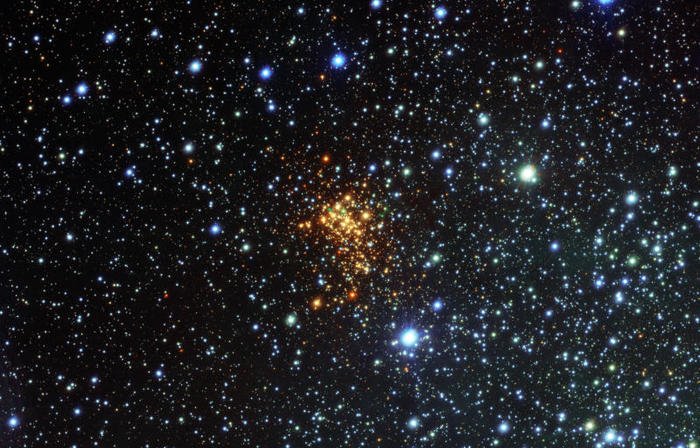LONDON, Oct. 16 (UPI) -- The universe's largest known star is throwing off outer layers, seeding interstellar space with enriched material in its final death throes, astronomers say.
Describing their observations in the Monthly Notices of the Royal Astronomical Society, the astronomers said such enriched material in the space between stars is necessary for forming planetary systems.















